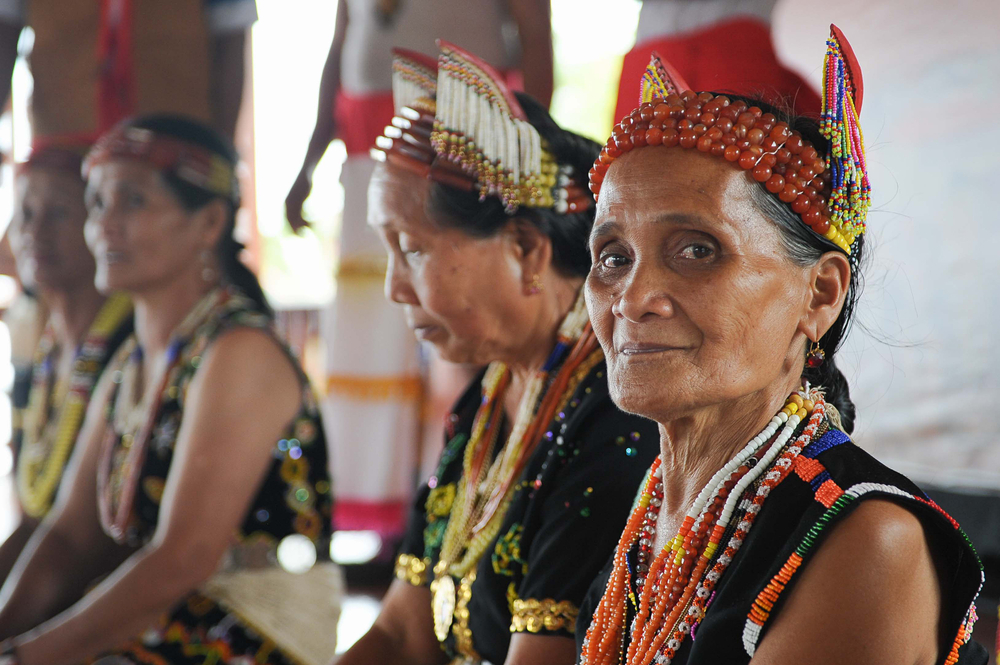
The Orang Asli (“original” or “first people” in Malay) make up about 13% of the country’s population and almost all live in or originate from the East Malaysian states of Sabah and Sarawak. Despite being termed under one name, the Orang Asli are not a homogenous group, and each tribe has its own language and unique culture, making them an endless source of interest to tourists and locals.
The Orang Asli can be divided into three groups – the Semang (or Negrito), the Senoi, and the Proto-Malay (or Aboriginal Malay). This division is mostly sociological, as the groups differ linguistically but possess similar cultural characteristics.
Sarawak
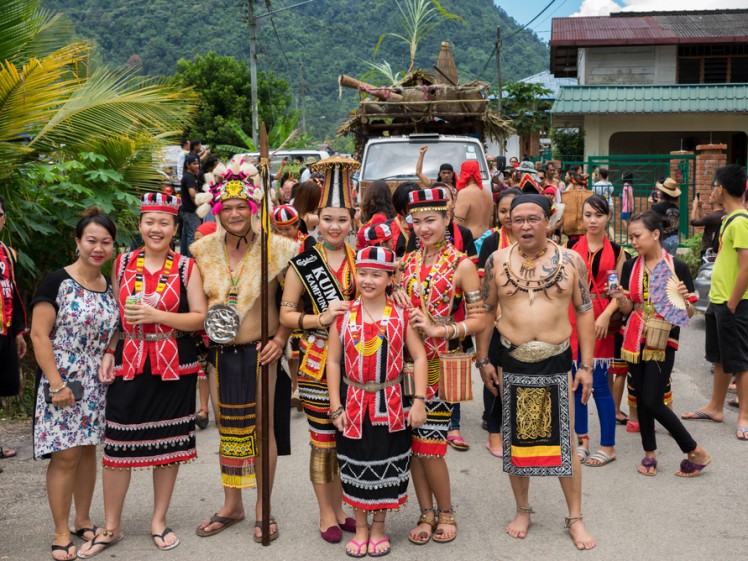
The indigenous people of Sarawak are varied, with the largest ethnic populations being the Dayaks, the Iban, the Bidayuh, and Orang Ulu. The Iban form Sarawak’s largest ethnic group, with over 30% of the state’s population claiming heritage to this tribe. Historically, they are considered to have been a fearsome warrior race, known for headhunting and piracy. In contrast, the Bidayuh have a peace-loving reputation, yet still with a history of headhunting.
“Dayak” translates as upstream or inland, and the members of this tribe typically live in traditional community homes known as longhouses. The Orang Ulu are also upriver tribes, regarded for their artistic inclinations. Their longhouses are often ornately decorated while aristocratic ladies cover their body with finely detailed tattoos.
Sabah
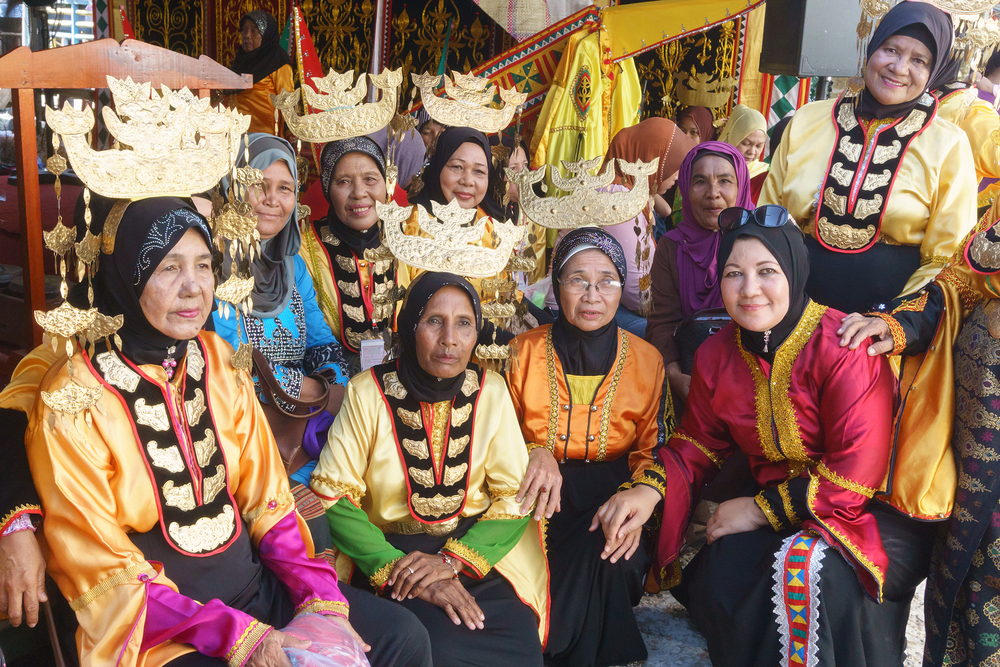
Sabah is home to many more indigenous groups than Sarawak, including the Kadazan-Dusun, Bajau, and Murut, which are the three largest ethnic populations in the state. The Kadazan-Dusun comprise of 30% of the population, cementing their status as the largest ethnic group, although this group is actually two separate tribes. The Kadazan and Dusun were grouped together because they share the same language and culture.
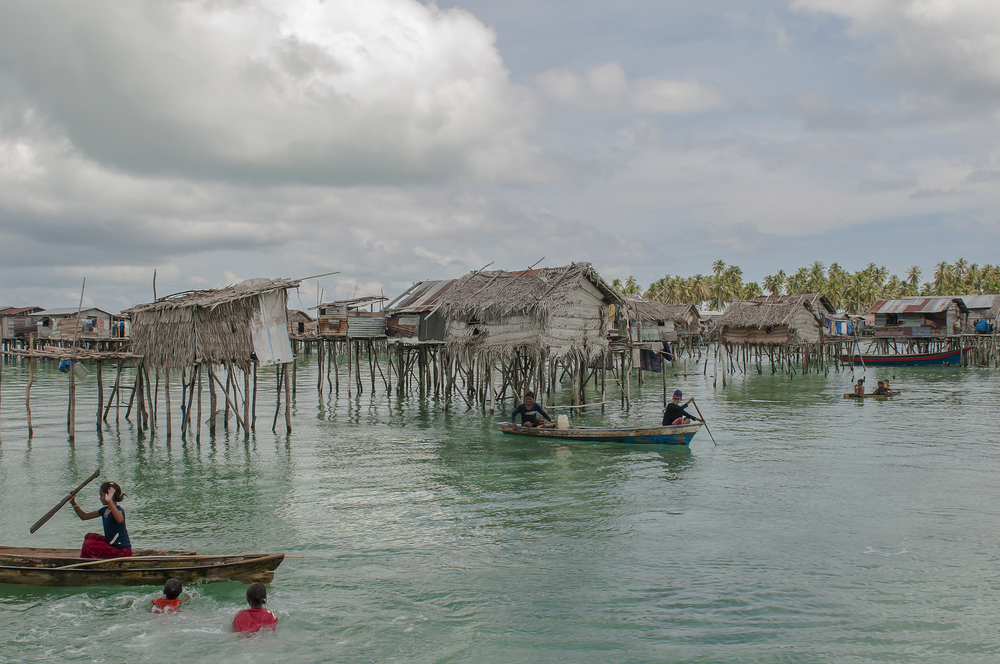
The Bajau, Sabah’s next biggest ethnic group, are historically a nomadic seafaring tribe. Those that left the seas for the land eventually became farmers and cattle breeders, and the land-based Bajaus are nicknamed “Cowboys of the East” in honour of their impressive equestrian skills.
The Murut (or “Men of the Hills”) complete the three largest groups in the state and constitute 3% of Sabah’s population. Traditionally inhabitants of northern Borneo, the Muruts tended to be cultivators of paddy and tapioca, supplementing their diet with fishing and blowpipe hunting.
Way of life and religion
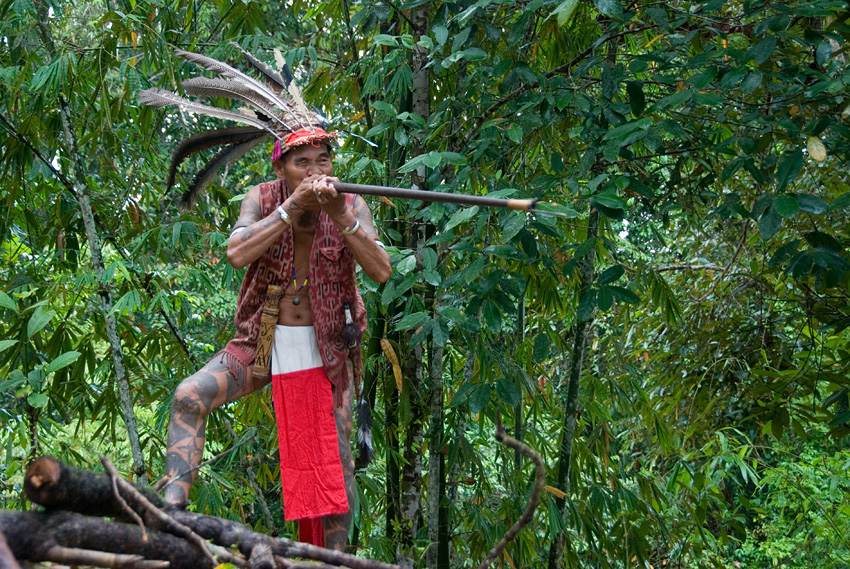
Historically the Orang Asli, regardless of their tribe, kept to themselves. The exceptions were the tribes living in remote forest areas, who engaged in trade with the Malays to exchange jungle produce for salt, knives and metal axe-heads, as well as blowpipes and blowpipe-bamboo. However, once the presence of these aboriginal people became common knowledge, the Orang Asli became the target of Christian missionaries and anthropological research.
Traditionally the Orang Asli are animists, believing in the presence of spirits in various objects, but as the modern world increased its reach, many embraced monotheistic religions such as Islam and Christianity as a result of missionary presence and state-sponsored programmes.
Headhunting
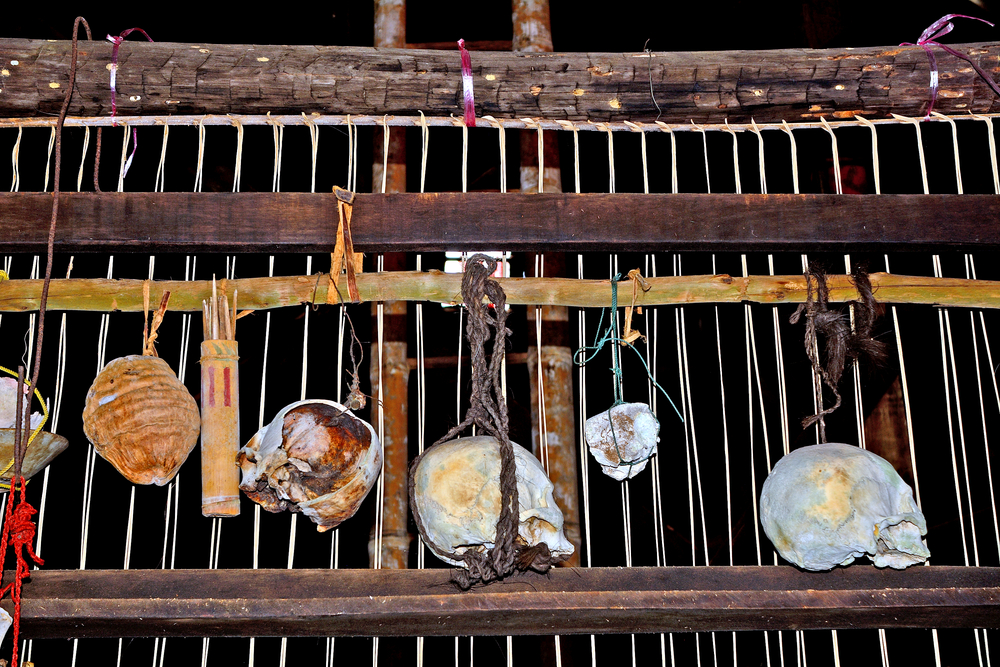
It is difficult to think of indigenous groups without associating the word “headhunting” with them. Until the early 20th century, the practice of collecting heads was widespread among Dayak and Iban tribes. Following a headhunting expedition, the freshly taken heads were skinned, placed in rattan nets and smoked over a fire.
These skulls were then hung from the rafters of the longhouse and were said to possess powerful forms of magic. The skulls were also considered trophies of manhood and bravery, and signified the unity of a longhouse. Festivals, or gawai, were held to appease spirits of the skulls which, once placated, were believed to bring great blessings.
Tribal tattoos
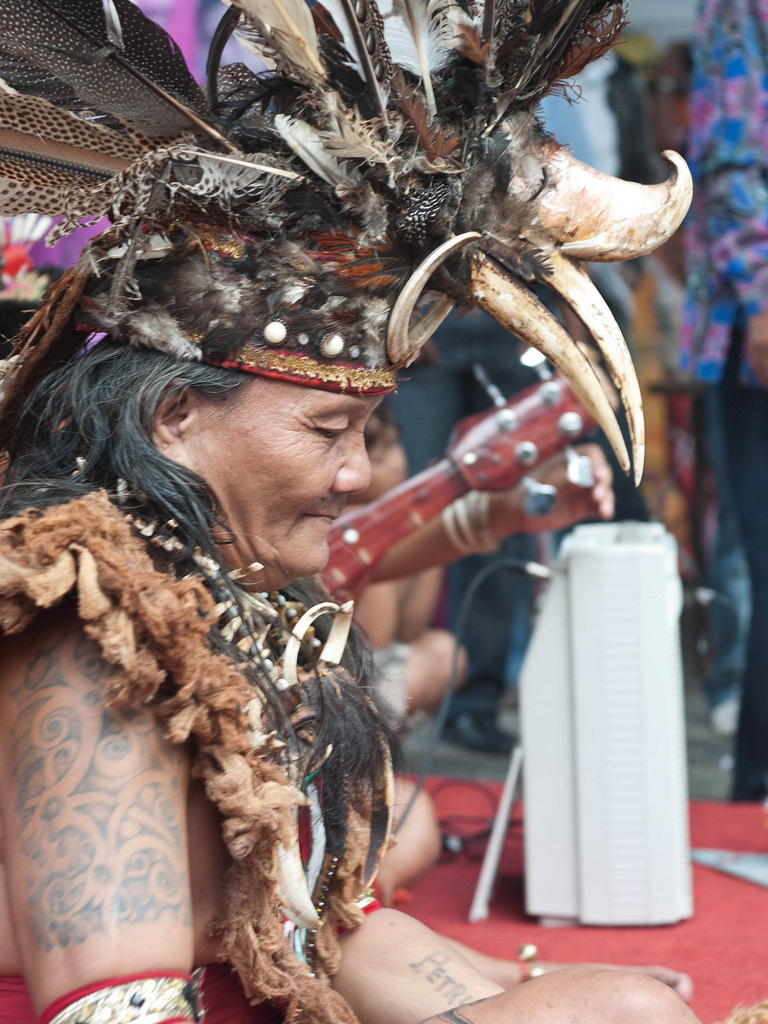
A common practice amongst many indigenous groups in Borneo is the painting of tribal tattoos, although the specific designs and cultural associations vary from group to group. On men, these tattoos are seen as a symbol of bravery, while women see them as a beauty enhancer.
The tattooing process is a rather intricate one, with designs carved on a block of wood that is smeared with ink and then printed onto the body. Once a design is in place, the skin is punctured with needles dipped in ink (made from sugar, water, and soot).
Women often have the most impressive tattoos, and it is not uncommon to see the headman’s daughter with her arms, hands and legs completely covered in fine tattoos.
Evolution
Slave raids into Orang Asli settlements were, sadly, not a rare happenstance in the 18th and 19th centuries, and were often staged by the Malays and Bataks who considered indigenous tribes to be savages. The approach was simple: obliterate all the adult males and retain the women and children, who were “easier to tame” and less likely to run away.
With this in mind, it comes as no surprise to learn that the Orang Asli were insignificant players in the political sphere until the Emergency began, when they finally came into their own. During the years of civil war that pitted the Colonial government against the communist insurgents (1948 to 1960), the Orang Asli became a vital component of national security. With their help, the Malayan army was able to defeat the insurgents and regain control of the country.
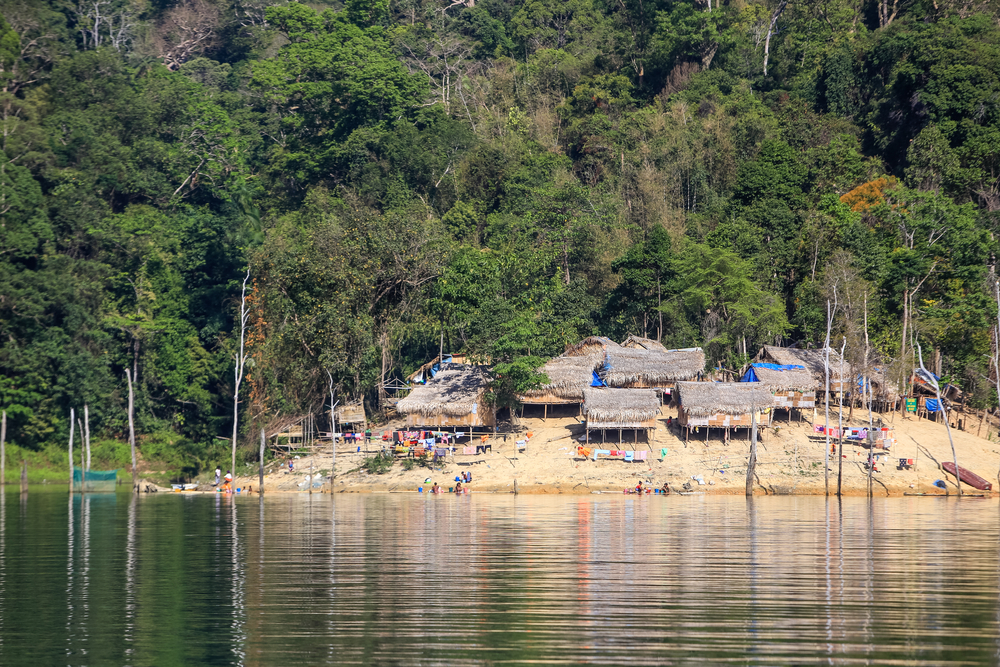
The conflict resulted in a special legislation being drawn up for the Orang Asli – the Aboriginal Peoples Act 1954. This act is particularly unique as it is the only piece of legislation in the country to be directed at a specific ethnic community. Its primary aim was to prevent communist insurgents from receiving help from the Orang Asli, while its secondary aim was to prevent these very insurgents from imparting their ideology to the Orang Asli.
In 1961, the government of Malaysia aimed to integrate the Orang Asli into wider society and give them an opportunity to modernise themselves. Cash-crop agriculture programmes were introduced, alongside education in the form of the national Malay-based curriculum, giving these ethnic tribes access to education and the chance of a different way of life, if they chose to embrace it.
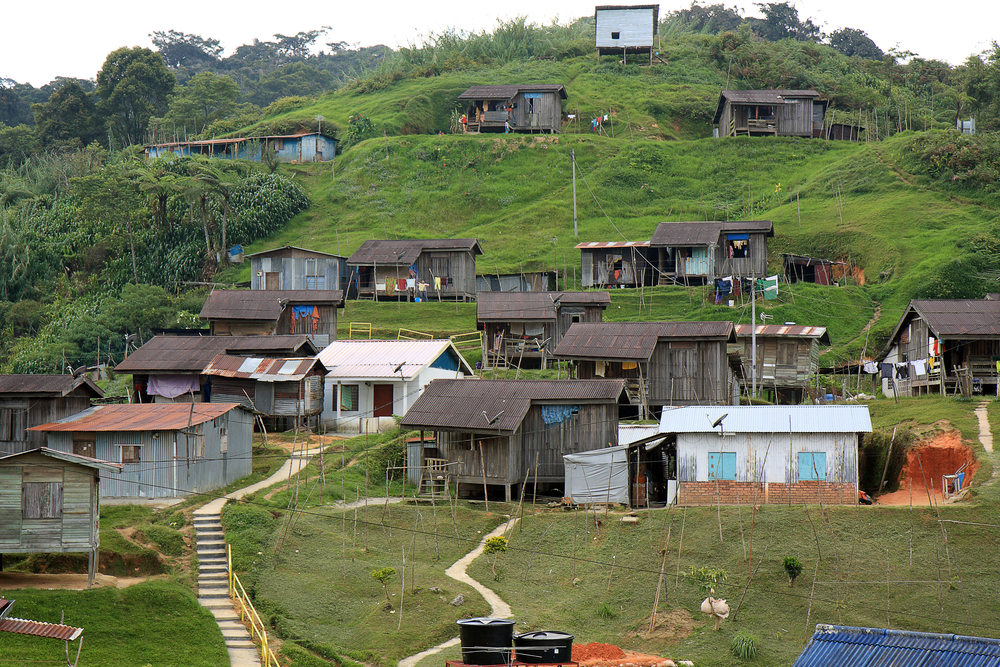
Thankfully, an interest in the traditions and cultures of the Orang Asli and a celebration of their heritage keeps their place in the country secure today, and East Malaysia is clearly especially proud of its diversity. Both Sabah and Sarawak use their indigenous tribes and the associated practices as a valuable promotional tool, which serves the dual purpose of attracting tourists and supporting the ethnic tribes to ensure their cultures are not forgotten.
———————————————————————————————————
This article was originally published in The Expat Magazine (November 2012) which is available online or in print via a free subscription.
This article was updated in March 2016.
Read more:
"ExpatGo welcomes and encourages comments, input, and divergent opinions. However, we kindly request that you use suitable language in your comments, and refrain from any sort of personal attack, hate speech, or disparaging rhetoric. Comments not in line with this are subject to removal from the site. "



















I smell govt ass-kissers in this article. First of all, orang asli refers only to the indigenous people of peninsular Malaysia. The others come under “orang asal”. Many of them didn’t ” choose to embrace” modern life but were forced into it when their land was taken. And of course the marginalization and state-sponsored cultural genocide they face isn’t mentioned
Just hope religion does not erase their cultures
I don like